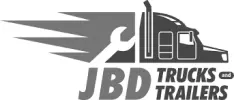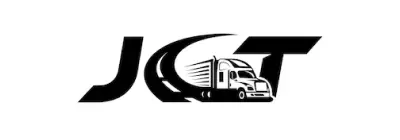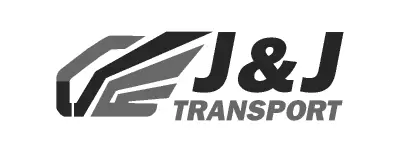Matrack Fleet Manager Dashboard with ELD Integration
The Matrack Fleet Manager Dashboard combines GPS fleet tracking and ELD data in one platform. It records on duty/off duty status and required breaks in line with federal regulations while giving dispatchers real-time visibility into vehicle location and driver activity.
Hours of Service (HOS) logs are generated accurately from synchronized ELD records and GPS timestamps. Managers can produce IFTA filings, safety audits, and trip reports in minutes with minimal manual entry.






































